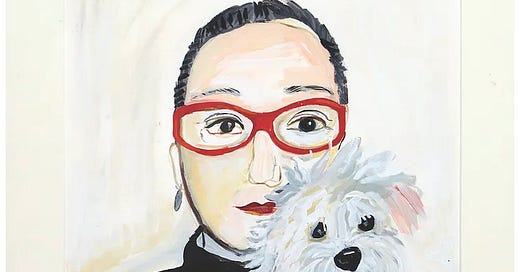Feeling Bossy
Talking curiosity with Paper's Kim Hastreiter + braising Naomi Pomeroy's legendary short ribs
The Conversation
This is the first installment of The Conversation, in which I get wisdom from the people who inspire me in five questions (more or less). You can see past conversations with Alice Waters, Samin Nosrat, Rachel Comey and Stella Bugbee on the xtine site. This week: The amazing Kim Hastreiter.
Keep reading with a 7-day free trial
Subscribe to xtine to keep reading this post and get 7 days of free access to the full post archives.





